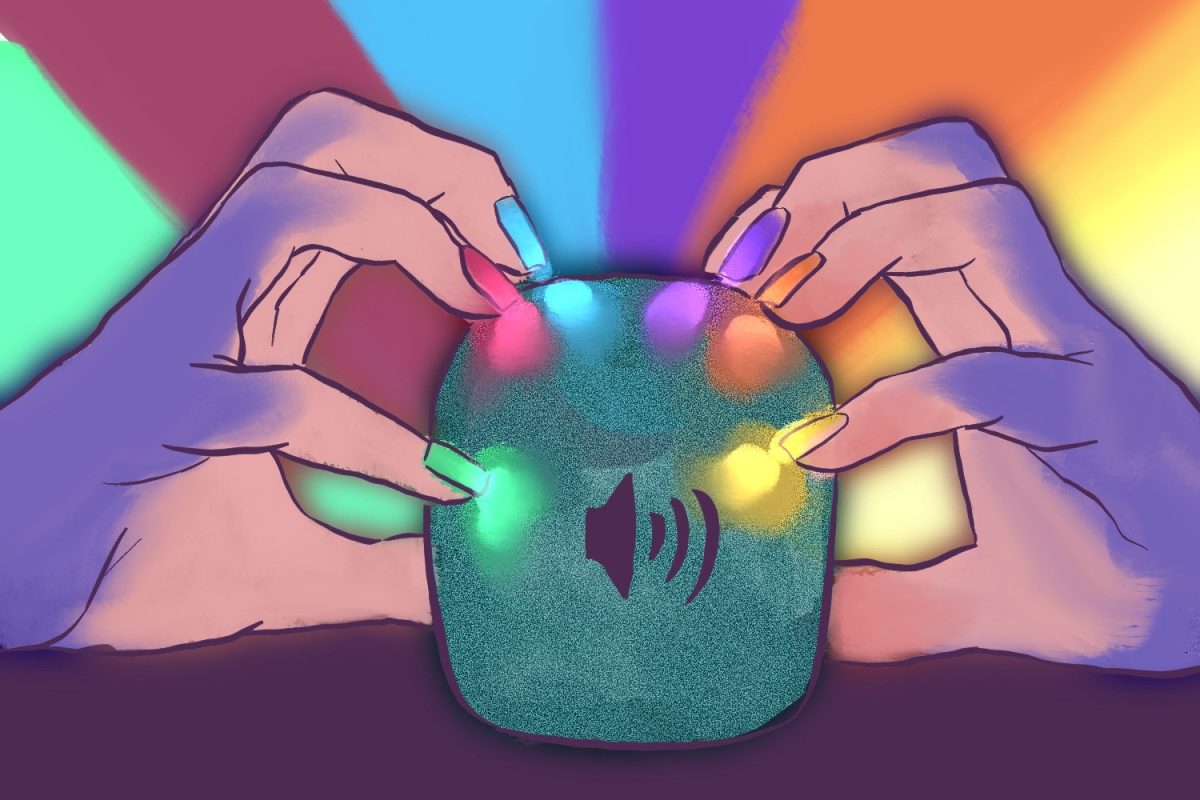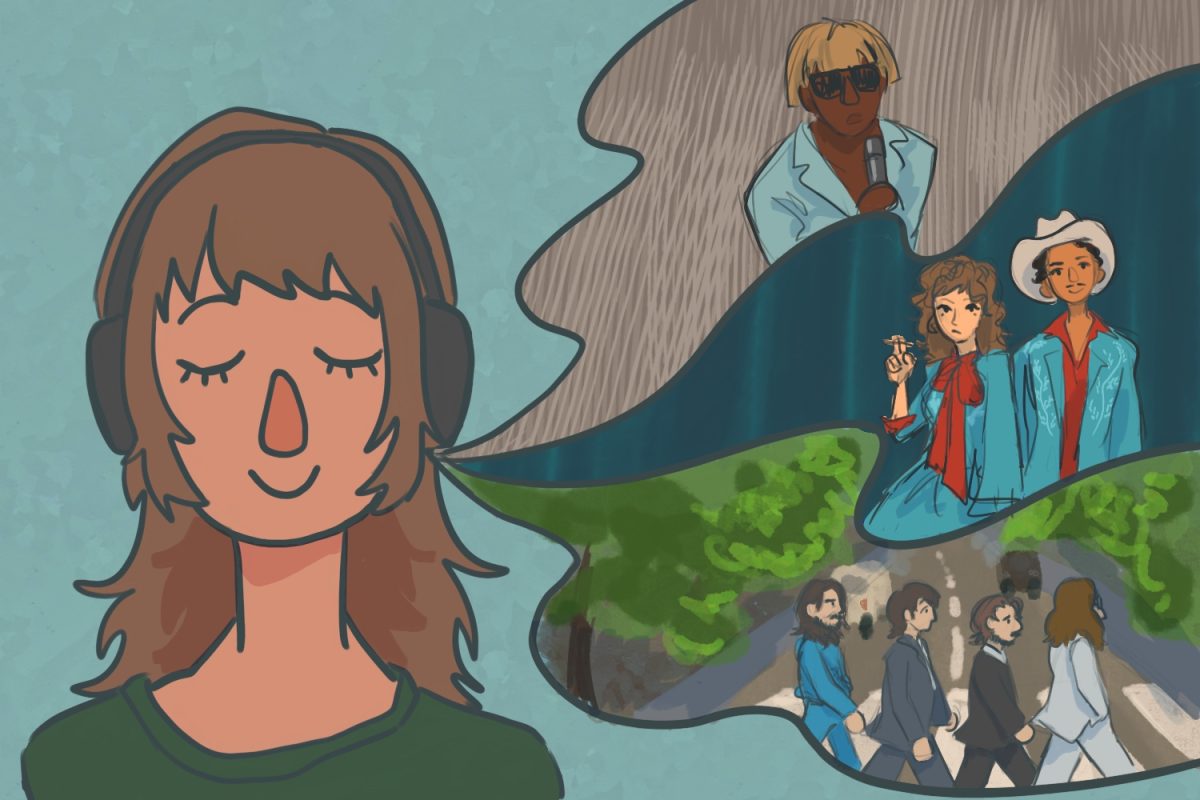The first intentionally labeled autonomous sensory meridian response (ASMR) video was posted to YouTube on March 26, 2009, making last week the steadily growing genre’s 16th anniversary.
ASMR is a popular genre across social media platforms in which creators, or ASMRtists, create various sounds intended for relaxation, entertainment, sleep, studying, and more. ASMR refers not only to the genre itself but also to the positive sensation viewers experience after hearing sounds they enjoy.
WhisperingLife ASMR created the first intentionally labeled video titled “Whisper 1 – hello!” The footage is significantly shorter than most ASMR content today, only adding up to 1 minute and 46 seconds. There are no visual stimuli, as the camera displays a black screen.
“Now, ASMR content is everywhere, intentional or unintentional. I see it becoming more of an entertainment genre, especially on TikTok. I want to grow mostly in views and maintain consistency across all my ASMR channels for my own channel. I hope to be a full-time creator,” said content creator ASMR Chelsea.
According to Do Better, a range of mainstream brands like Apple, KFC, and IKEA have experimented with ASMR for marketing purposes. Recent studies have found a negative effect of advertising featuring ASMR on those unfamiliar with the genre, but a positive response from those who were familiar with it.
Brands like W Magazine are diving deeper into ASMR through their celebrity exploration series. Six years later, their “Cardi B Explores #ASMR” segment is still the most popular video on their channel, with 525% more views than their second most popular video holds. Their second most popular video is also a celebrity ASMR exploration, as are four of their five most popular videos.
According to many participants and viewers, the ASMR community is a welcoming and inclusive space.
“The community is the most supportive place ever. Every ‘ASMRtist’ is so nice, and our supporters are so sweet. It’s such a safe place, no matter what. My audience influenced me to create more role-plays,” ASMR Chelsea said.
Miles Nguyen, a Carlmont High School student, is a regular ASMR listener and owns merchandise for some of his favorite creators, primarily because of the interesting designs.
“It’s good news that ASMR is expanding into more mainstream media. More people are becoming more creative and open to new kinds of content, which could lead to the discovery of new triggers and more ‘tingles,'” Nguyen said.
Triggers are specific kinds of auditory or visual stimuli that provide ASMR to the viewer through “tingles.” The ASMR community often describes “tingles” as a combination of positive feelings, a state of relaxation, and a static-like sensation on the skin.
“I didn’t get into ASMR by searching for it. One day, YouTube recommended this video, and I got curious, so I checked it out, and it was pretty relaxing. Over the past few years, I have discovered certain sounds that make me ‘tingle,'” Nguyen said.
Keonie Lam, also a Carlmont student, recently started watching ASMR because of the intriguing YouTube thumbnails.
“I use ASMR because it’s fun to watch all of the different props ASMRtists use. I use it more as a source of entertainment and as background noise while doing work,” Lam said.
Lam hasn’t been a part of the community for long, but she loves the wholesome relationship between the creators and viewers. She sees ASMR as a medium with profit potential.
“I believe ASMR will continue to evolve as a viable career path for many. With its well-built community, new creators will always be welcomed. In a rapidly shifting job market, new professions are bound to appear. The only challenge I can picture is AI-generated audio, but it won’t have the same impact as listening to a real person,” Lam said.
Jojo’s ASMR, a popular ASMR creator on YouTube and TikTok, shared the initial hate he faced for his video, “ASMRtist Reacts to Celebrities Doing ASMR.”
“These days, the genre isn’t as taboo or stigmatized. When I started recording ASMR videos nearly seven years ago, I remember how much I would be made fun of and teased for not just creating ASMR videos, but for saying that I enjoyed watching them,” Jojo’s ASMR said.
Despite public opinions of the genre, ASMR has significant potential as a career. Prominent creators like Gibi ASMR, who has built a following of 5.14 million subscribers on YouTube, are estimated to make an annual recurring revenue of $575,640, according to Capital Friday.
“TikTok has saved me a lot with my ASMR journey regarding monetization. A big challenge for me is YouTube, it’s difficult to stay consistent there, but eventually, you make a ton of revenue,” ASMR Chelsea said.












